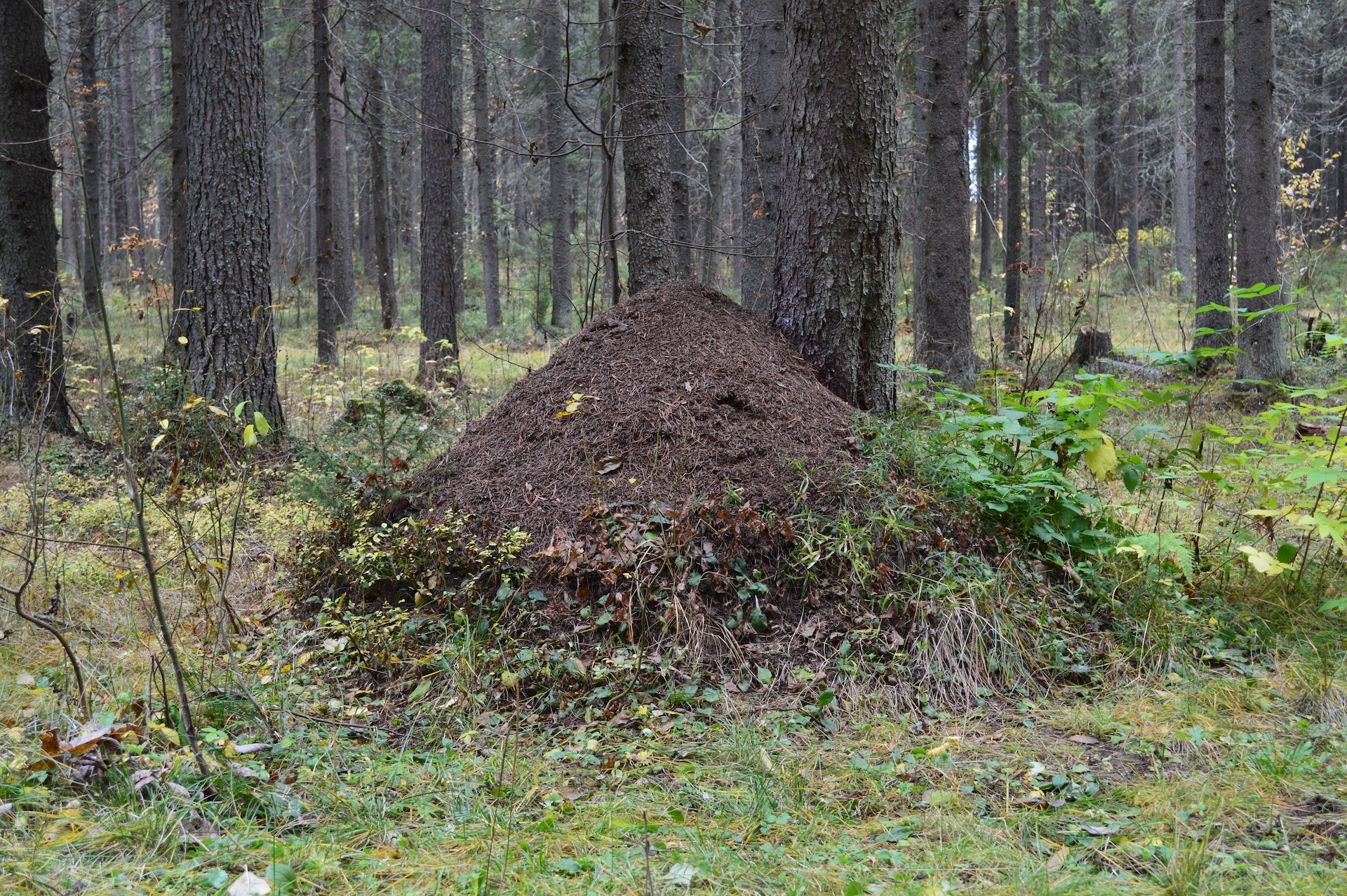Insects, while essential to the ecosystem, can sometimes encroach upon our living spaces, necessitating the removal of their nests or mounds. Whether dealing with ant hills, wasp nests, or bee hives, it’s essential to approach their removal with caution and respect for the environment.
In this guide, we’ll explore the art of demolishing insect mounds and hives—ensuring a harmonious coexistence between humans and nature. Additionally, we’ll address common concerns such as what happens when you destroy an ant hill, how to get rid of ant hills naturally, treating allergic reactions to bug bites, and eliminating ground wasps without resorting to harmful chemicals.
This is the process of properly demolishing insect mounds and hives, ensuring a safe and humane approach to pest control.
Step 1: Identification and Assessment
Before initiating any removal process, identify the type of insects you’re dealing with. Different insects require unique removal methods, and misidentification can lead to unintended consequences. Assess the size of the nest or mound and determine if professional help might be necessary, especially if dealing with stinging insects like wasps or bees.
Step 2: Protective Gear
Prioritize your safety by wearing appropriate protective gear. For nests that house stinging insects, including bees and wasps, wear thick clothing, gloves, and a veil or head covering to avoid painful stings. If you’re allergic to insect stings, it’s crucial to delegate this task to a professional pest control service.
Step 3: Choose the Right Time
Timing is critical when demolishing insect mounds and hives. Many insects, especially wasps and bees, are less active during the night. This is the optimal time to carry out the removal process when the majority of the colony is present, reducing the risk of encountering aggressive behavior.
Step 4: Prepare a Natural Insecticide (Optional)
For ground-dwelling insects like ants, consider preparing a natural insecticide to discourage their return. A mixture of soapy water or a combination of essential oils like peppermint or citrus can act as a deterrent. Spray the solution around the nest after removal to prevent any remaining insects from rebuilding.
Step 5: Slow and Steady Approach
Approach the nest or mound slowly and steadily. Sudden movements can agitate the insects and trigger a defensive response. For ground nests, use a shovel to gently excavate the soil around the entrance. For aerial nests, use a long-handled tool to reach the hive or nest from a safe distance.
Step 6: Removal of Nest or Mound
Carefully remove the nest or mound, ensuring minimal disruption. Place the removed structure in a sealed plastic bag to prevent any remaining insects from escaping. If dealing with bees, it’s crucial to relocate the hive to ensure the survival of the colony. Professional beekeepers can assist with this process.
Step 7: Disposal
Dispose of the nest or mound appropriately. If dealing with materials like paper wasp nests, they can be sealed in plastic and discarded with regular household waste. For other materials, consider composting if suitable. Avoid leaving the nest or mound exposed, as this can attract scavengers or prompt other insects to build in the same location.
Step 8: Post-Removal Inspection
After removal, inspect the surrounding area for any signs of additional nests or mounds. Addressing potential attractants, such as food sources for ants, can help prevent future infestations.
Step 9: Follow-Up and Monitoring
Monitor the area in the days and weeks following removal. Some insects, especially ants, may attempt to rebuild. Implement preventive measures, such as applying natural repellents or sealing entry points, to discourage their return.
Demolishing insect mounds and hives requires a thoughtful and careful approach. By following this step-by-step guide, you can ensure a safe and humane removal process while minimizing the risk of stings or further infestations. If in doubt or dealing with stinging insects, consulting with professional pest control services is always a prudent choice to guarantee a thorough and effective solution.
Usual Concerns When Destroying Mounds or Hives
What Happens When You Destroy an Ant Hill?
Ant hills, though often considered a nuisance, are marvels of nature’s engineering. They serve as complex colonies where ants live, work, and store food. When you disrupt an ant hill, it can have several effects on the colony. Ants are resilient creatures, and they may relocate or rebuild their mound. However, it’s essential to approach this process with care to minimize the impact on the surrounding ecosystem.
How to Get Rid of Ant Hills Naturally
For those seeking natural solutions, there are eco-friendly methods to deter ants without causing harm to the environment. Begin by identifying the type of ants in your area, as different species may require unique strategies. Sprinkling cinnamon, citrus peels, or coffee grounds around ant hills can act as natural deterrents. Diatomaceous earth is another effective, non-toxic substance that disrupts ant trails and prevents their return.
Managing Allergic Reactions to Bug Bites
As we engage in outdoor activities, encounters with insects are inevitable, and so are bug bites. Understanding the signs of an allergic reaction is crucial. Common symptoms include redness, swelling, and itching. In severe cases, individuals may experience difficulty breathing, dizziness, or the development of hives. This condition is known as anaphylaxis, a severe allergic reaction that requires immediate medical attention.
Bee Sting Blister Treatment
Bee stings, in particular, can lead to painful blisters. If you find yourself on the receiving end of a bee sting, start by removing the stinger promptly. Clean the affected area with mild soap and water, and apply a cold compress to reduce swelling. Over-the-counter antihistamines can alleviate itching. However, if you suspect an allergic reaction, seek medical help immediately.
How to Get Rid of Ant Hills Permanently
While natural remedies provide temporary relief, a more permanent solution involves disrupting the ant colony’s communication and foraging patterns. Utilize a mixture of borax and sugar as bait, which the worker ants will carry back to the colony, ultimately eradicating it. Regularly inspect your property for signs of new ant activity and address them promptly to prevent reinfestation.
Eliminating Ground Wasps Naturally
Ground wasps, like ants, are essential pollinators, yet their presence near human dwellings can pose a threat. To safely remove ground wasp nests, it’s advisable to do so during the night when the insects are less active. Approach the nest with caution, wearing protective clothing and using a natural insecticide or a mixture of soapy water for a humane removal.
Overall, coexisting with nature requires a delicate balance. When addressing insect mounds and hives, it’s essential to do so with respect for the environment. Employing natural remedies and gentle removal methods not only ensures the safety of your living space but also contributes to the preservation of our delicate ecosystems. Remember, as stewards of the earth, our actions today shape the world we inhabit tomorrow.
If you have a mound in your garden, you may call us right away at 09178526444 or 09199945102 or message us anytime on Facebook Messenger.

